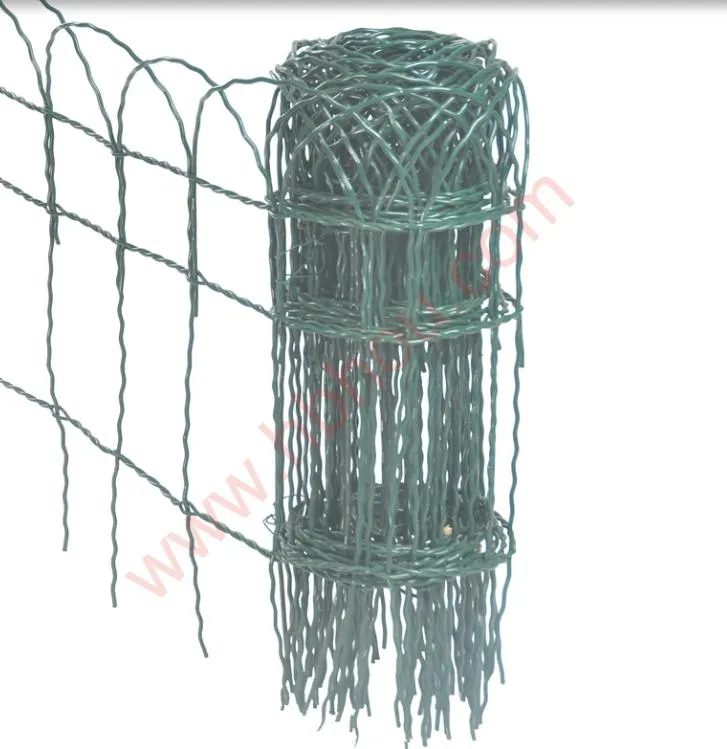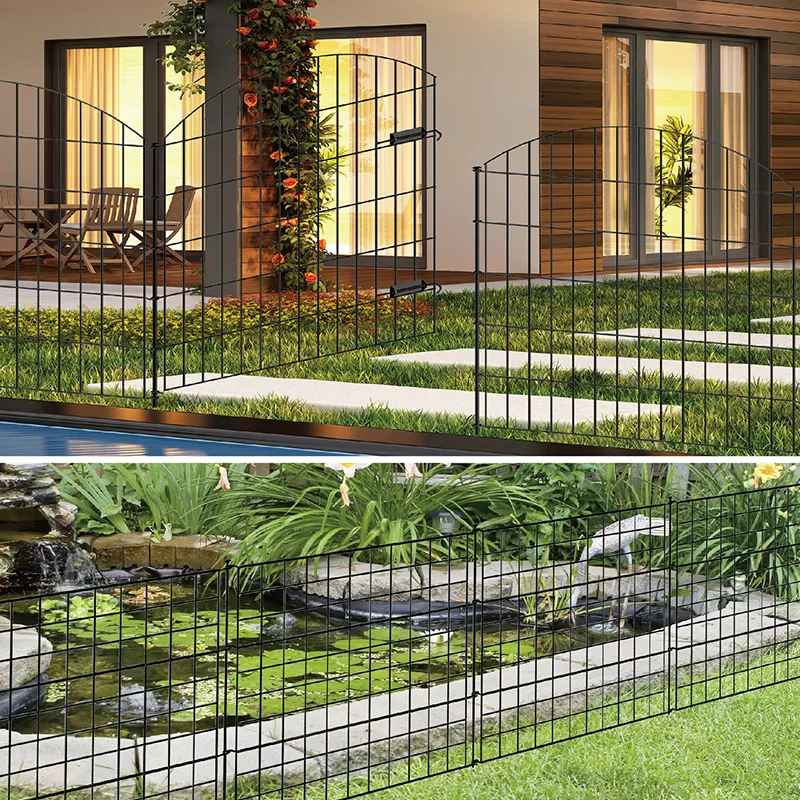

Once the posts are set and the concrete hardened, you can begin attaching the welded wire fencing. Start at one corner and unroll the wire. It's crucial to keep the fencing taut for both appearance and functionality. Use high-tensile wire for added strength if necessary. Fasten the wire to the posts using clips or U-nails, ensuring it sits securely and at the correct height. A practical tip from experienced installers is to install a tension wire along the bottom and top of the fence line. This tension wire adds additional support, preventing sagging and improving the overall stability of the fence. Be sure to tighten the wire adequately with a tensioning tool. For gates, it's vital to reinforce the support posts, as these will bear additional stress from daily use. Ensure the gate aligns perfectly with the fence line for a secure closure. Using a pre-fabricated welded wire gate can save installation time and guarantee uniformity with the rest of the fence. One question often raised by property owners is how to maintain a welded wire fence. Fortunately, these fences require minimal upkeep. Regular inspections should be conducted to ensure there are no breaks or corrosion. Any damaged sections of wire should be promptly repaired to maintain fence integrity. Additionally, keep the area around the fence clear of debris and vegetation, which can apply unwanted pressure to the wire and posts. Trustworthiness in installation comes from using quality materials and following best practices for fence placement and assembly. Engaging with community resources or consulting with professional fence installers can further enhance the reliability of your work. Connecting with forums or local experts might bring additional insights into dealing with specific ground conditions or weather-related challenges. Over time, a welded wire fence stands out as a cost-effective and robust solution for various fencing needs. By prioritizing quality materials and informed installation techniques, property owners can enjoy the benefits of security and peace of mind that a well-installed welded wire fence provides.
Next:
















